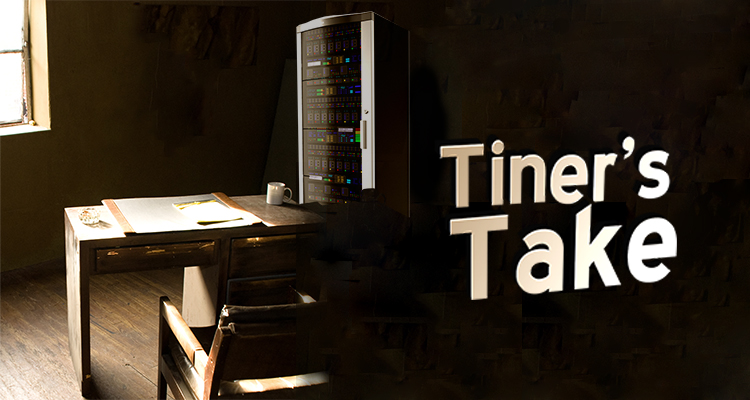Writing and Recording in the Classroom – An Existing (Unsolved) Need
 Last month, I wrote about how I don’t want to see another whiteboard advertised as THE solution for the classroom of the future. I stand by that, I still don’t like them, but I think I may have not been clear about one thing, the concept behind what they are trying to do makes sense.
Last month, I wrote about how I don’t want to see another whiteboard advertised as THE solution for the classroom of the future. I stand by that, I still don’t like them, but I think I may have not been clear about one thing, the concept behind what they are trying to do makes sense.
Over the years I have worked with many faculty members who face clear struggles with what they are trying to do. Some of the struggles are:
- Writing on a board in front of a large classroom. It is very hard for the people in the back to see.
- Drawing complex designs (think neuron activity, or chemical reactions) as you teach it, so the students can see and understand the whole picture.
- Being able to FACE the students when you teach them.
- Being able to record what they write and teach, as they do it, for student’s reference when the class is done or in the future.
- The technology can have a slight learning curve, but must be reliable after you have invested the time.
- The technology has to be easily portable. That is, it should be able to work in any technology equipped room. It can not be a permanently installed part of a room.
 Recently, I did some work with one of our faculty members, who is willing to try just about anything and able to deal with and adapt to failure. This faculty member has been trying for years to solve the struggles laid out above. In the first iteration, we tried the Sympodium. It solved the problem of facing the students, and since it was connected to a projector, it solved the problem of being in the back being able to read it. However, the early versions were very clunky with recording. This was five to ten years ago, so recording a computer image took a lot of space on the hard drive, and would often crash the machine. Second, the technology had more than a slight learning curve. I spoke enough about that in my previous column, too much learning, even for daring faculty, is simply not worth it.
Recently, I did some work with one of our faculty members, who is willing to try just about anything and able to deal with and adapt to failure. This faculty member has been trying for years to solve the struggles laid out above. In the first iteration, we tried the Sympodium. It solved the problem of facing the students, and since it was connected to a projector, it solved the problem of being in the back being able to read it. However, the early versions were very clunky with recording. This was five to ten years ago, so recording a computer image took a lot of space on the hard drive, and would often crash the machine. Second, the technology had more than a slight learning curve. I spoke enough about that in my previous column, too much learning, even for daring faculty, is simply not worth it.
Several years ago, the Microsoft Surface came out and we thought this was the solution we were waiting for. Again, it solved the problem of facing the class: You could draw on it, with a simulated fine tip pen, and it projected on the projection screen. OneNote, from Microsoft, was also packaged with the Surface. OneNote was and still is an amazing piece of software. For teaching purposes, it served all the needs and was fairly easy to use. A winner, for sure — finally! Then we started recording. The technology had improved enough that recording and space was not an issue. However, the Surface had the completely odd aspect ratio of 3:2. Figuring out how to record and encode the video became a problem. Encoding processes were taking hours and getting the final output the way the faculty member (and students) wanted it took over an hour for each class. Additionally, the stylus for the Surface was not very reliable. At least once a week, it required a loosening and resetting of the battery. Other times, static electricity would make it just not work. The reliability and time issues became too much of a burden for the faculty.
At last, this daring faculty member found the iPad Pro with an Apple Pencil. The concept sounded great. We use the iPad for writing on in class. It was light, he could move around the room and the pen had a plastic tip rather than just a rubber tip, so you could draw in detail. Recording on the iPad was a bit of a problem, but he was willing to do that on a MacBook Pro that he mirrored the iPad to. Clearly, at this point it was obvious, this faculty member was desperate to figure out a tool that would help him teach, and more importantly, help the students learn the content. Also, this did not work, as the network is not configured to segregate the AirPlay devices. We could not consistently get the computer to show up as a device on the iPad. Once again, reliability issues sunk this plan.
All of this is not to show how technology does not work, but rather to point out to the manufacturers out there, that a need DOES EXIST. But it must work for the faculty on their terms. Do you have an actual solution for this? If so, why have I not seen it? If you don’t, but are willing to develop one, contact me. As you can tell, I have some faculty who are willing to pilot it.





